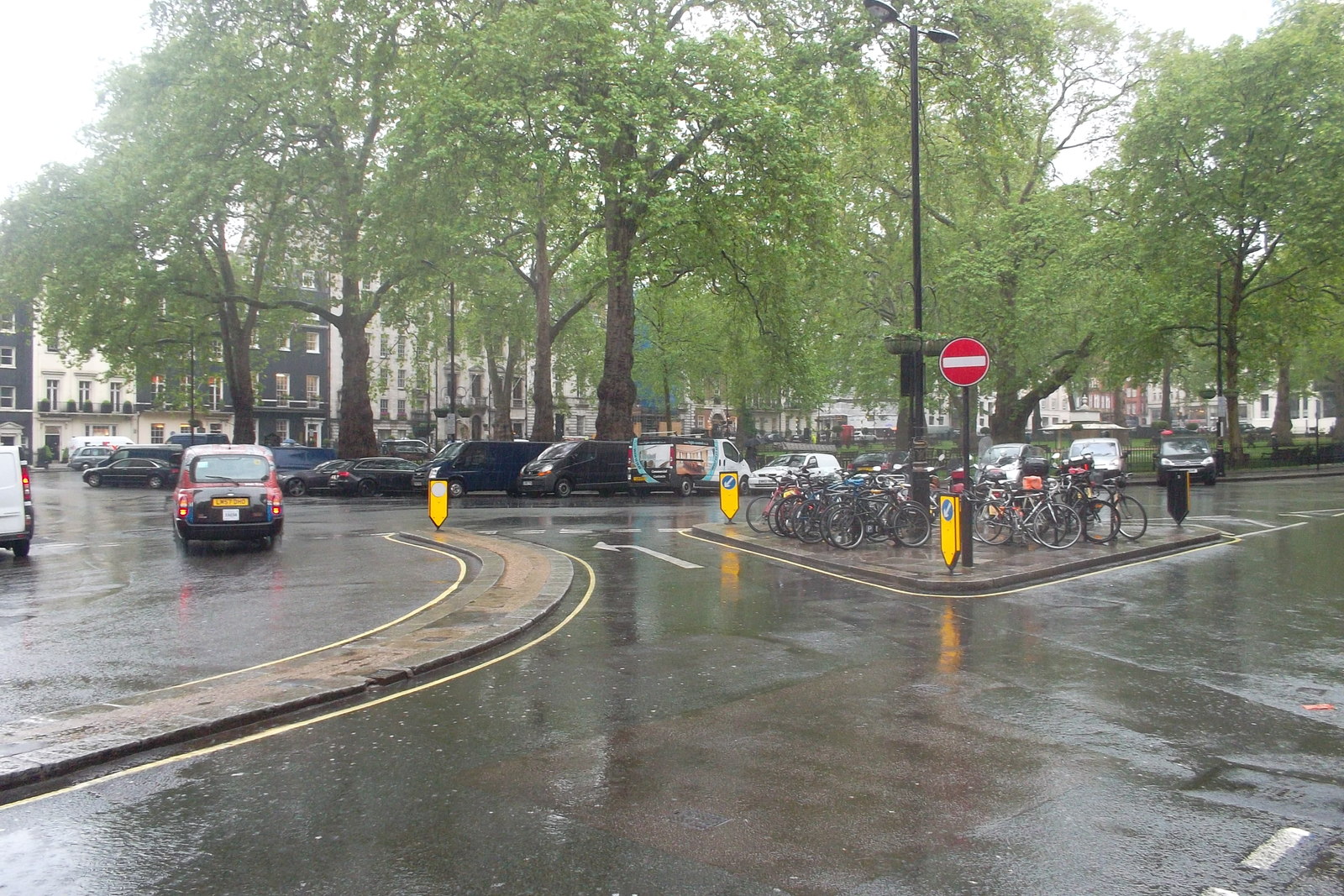- 11 Historic Wildfires That Changed Fire Management Data Reveals - October 4, 2025
- The 1883 Krakatoa Event And Its Global Weather Effects Records Show - October 2, 2025
- How Scientists Use Climate Models To Forecast The Future - October 2, 2025
Historic Rainfall Breaks Nearly Eight-Decade Record
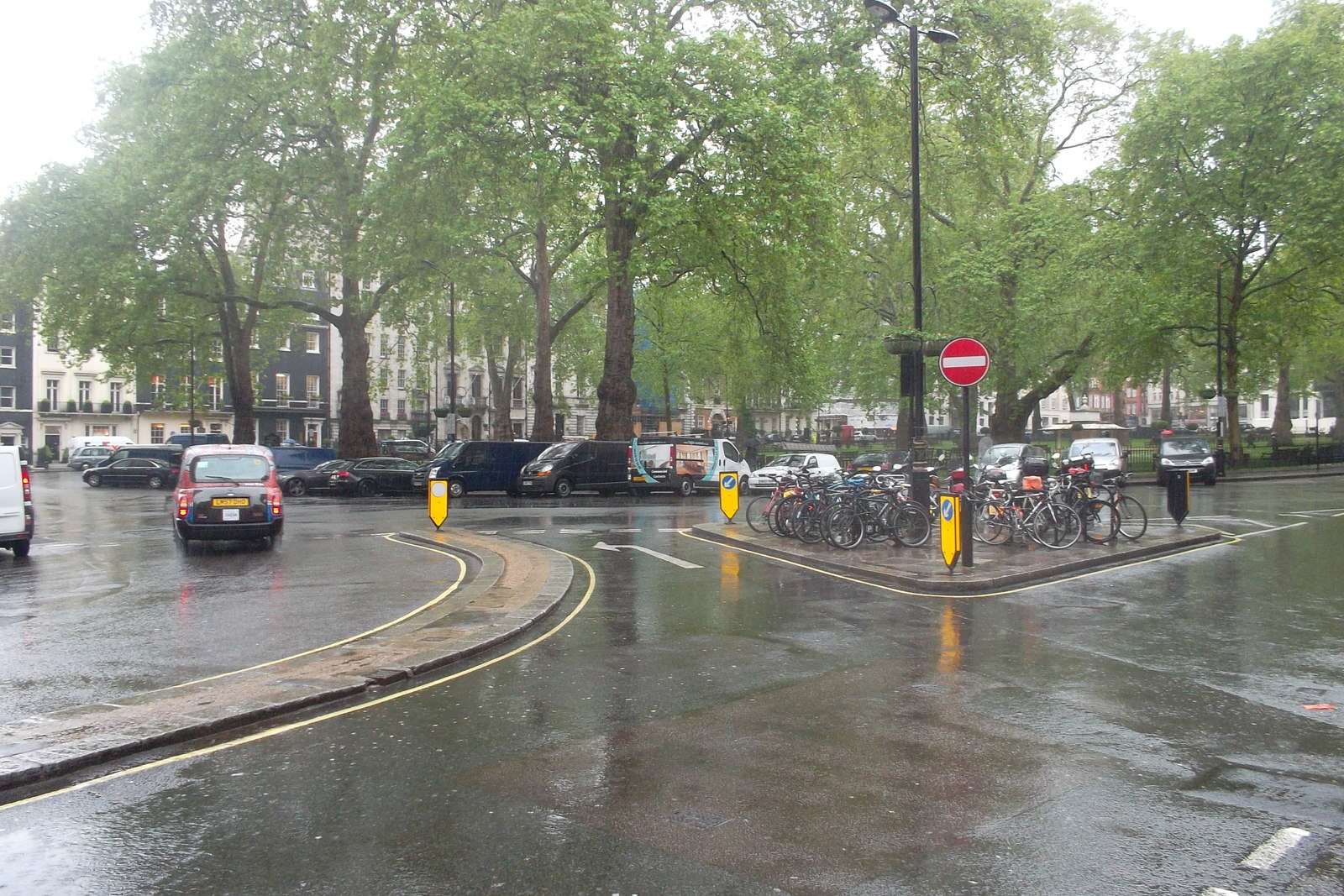
Monday night’s downpour shattered New York City’s rainfall records in spectacular fashion. Between 7 and 8 p.m. local time, the city experienced its second wettest hour on record, with slightly over 2 inches of rain falling in just 60 minutes. This staggering amount was only surpassed by the approximately three-and-a-half inches that fell during Hurricane Ida’s remnants in 2021. The intensity caught even seasoned meteorologists off guard, as what started as a typical summer storm quickly escalated into a historic weather event.
The total rainfall for July 14th reached 2.64 inches, completely obliterating the previous record for that date set way back in 1908. Weather observers noted that the rain didn’t gradually build up—it came down like a wall of water, overwhelming the city’s infrastructure within minutes. By 2 a.m. Tuesday, Central Park had recorded at least 2.6 inches of rain, while some areas in Westchester County and northeast New Jersey saw totals exceeding 3 inches.
Manhattan’s West Side Takes the Brunt
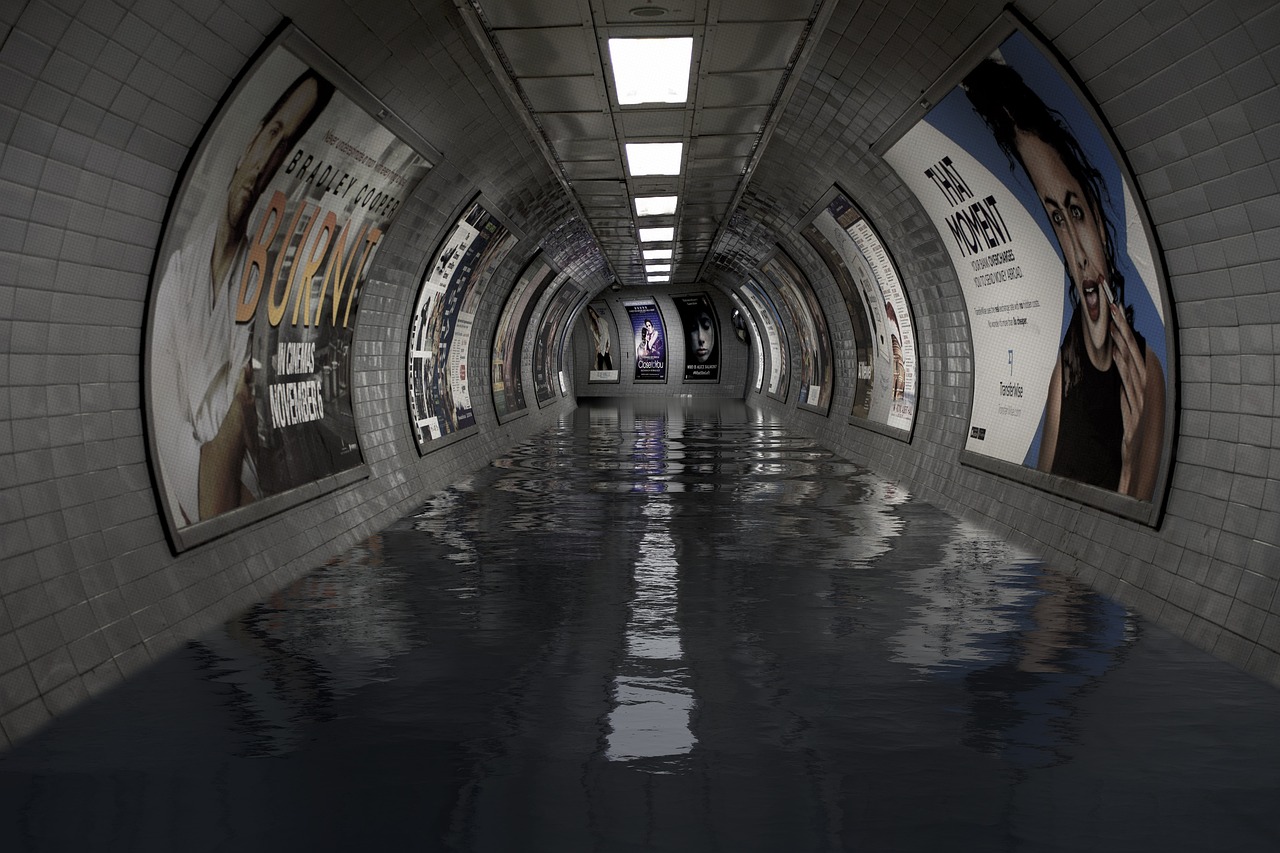
The 28th Street subway station in Manhattan became ground zero for the flooding chaos, with video showing water gushing from drains and completely flooding the platform. The subway’s drainage system was simply overwhelmed by the sheer volume of water cascading down from street level. Passengers found themselves trapped in an underground water park they never signed up for, with some climbing onto seats to avoid the rising flood waters.
MTA officials identified Manhattan’s West Side as a particular priority for flood protection, noting that this area repeatedly sees the worst flooding impacts. At the massive 34th Street-Penn Station, one of the city’s busiest transit hubs, water pooled on platforms as commuters carefully navigated around the flooding. The scene resembled something out of a disaster movie, with social media videos showing water pouring down station staircases like waterfalls.
Infrastructure Pushed Beyond Breaking Point
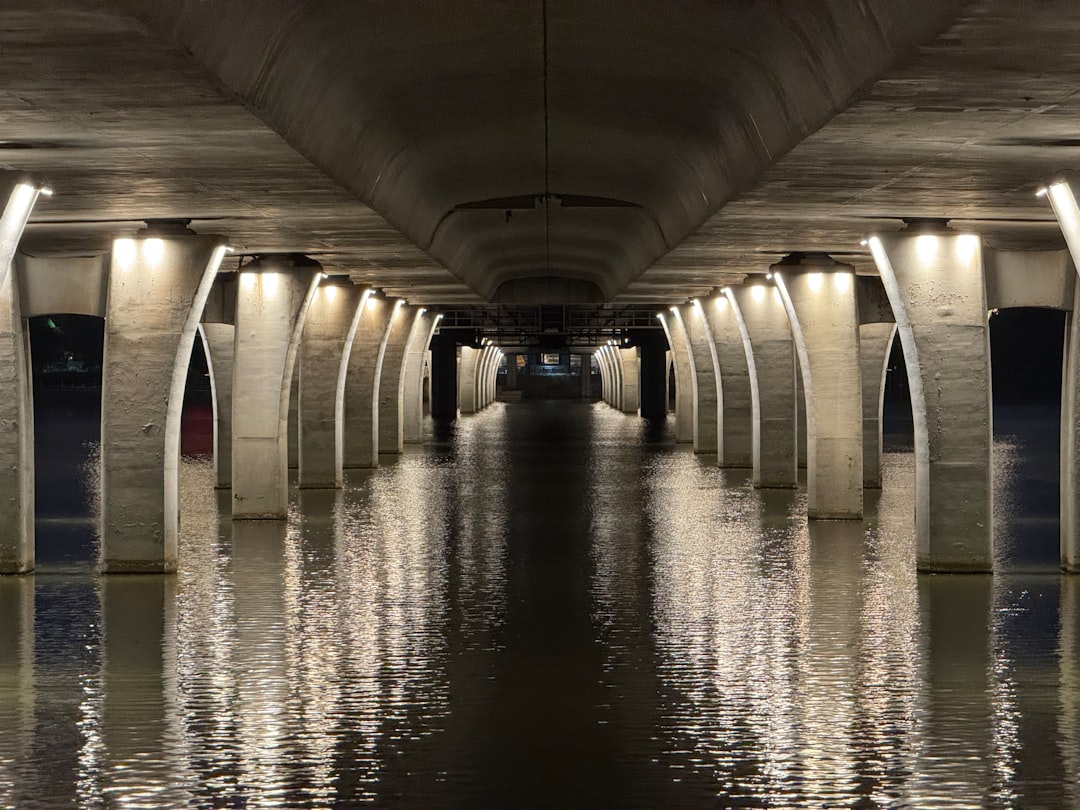
The city’s storm water system, designed to handle about an inch and a half to an inch and three quarters per hour, was completely overwhelmed by the more than 2 inches that fell in just one hour. This massive system backup forced subway officials to pump roughly 16 million gallons of water from the transit system. To put this in perspective, that’s enough water to fill about 24 Olympic-sized swimming pools that had to be removed from underground tunnels and stations.
The Metropolitan Transportation Authority has allocated $700 million in their 2025-2029 capital plan specifically for defending the subway system against stormwater flooding. These planned improvements include elevating street-level stairs and vents, adding capacity to more than a dozen subway pump rooms, and replacing outdated drainage infrastructure. However, current events show these upgrades can’t come fast enough for a system that’s already struggling with increasingly frequent extreme weather.
Emergency Response Across the Region
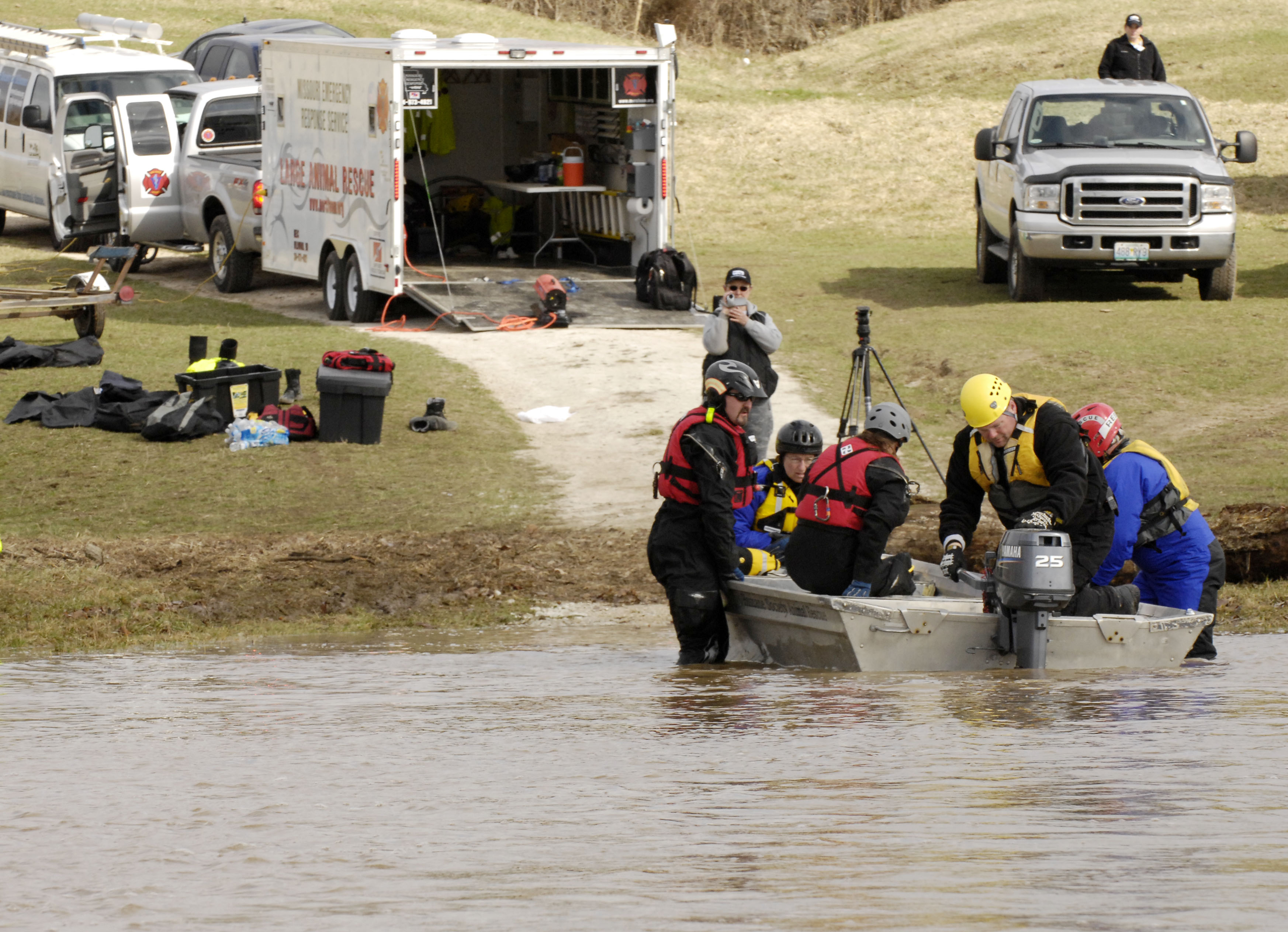
In Union County, New Jersey, the regional communications center was inundated with over 1,200 emergency calls in just two hours during the storm’s peak. In nearby North Plainfield, officers waded through chest-high water to rescue about 40 people as heavy flooding destroyed homes and cars. The scene was apocalyptic, with emergency responders working around the clock to pull people from submerged vehicles and flooded buildings.
Lancaster County, Pennsylvania, saw 16 water rescues in Mount Joy Township, where intense rainfall dropped over 7 inches in less than five hours. The flooding was so severe that some homes reported over 5 feet of water inside. Tragically, two people died in New Jersey when their car was swept into Cedar Brook in Plainfield.
Subway Service Suspended Across Multiple Lines

Service was suspended on the 1 line throughout most of Manhattan due to flooding near 96th Street, while the 2 and 3 lines were also halted because of flooding at multiple stations. Trains eventually resumed with severe delays, but not before leaving countless riders stranded in the underground maze. The MTA’s response highlighted just how vulnerable the century-old subway system remains to extreme weather events.
Videos circulating on social media showed water gushing onto subway platforms and flowing through train cars as passengers crouched on seats to avoid the rising water. One particularly striking video showed water flooding down into a Manhattan subway station, completely submerging the platform while passengers inside a train watched helplessly. The images were reminiscent of Hurricane Sandy’s devastation, but this time from a single hour of rain.
Airport Chaos and Flight Disruptions
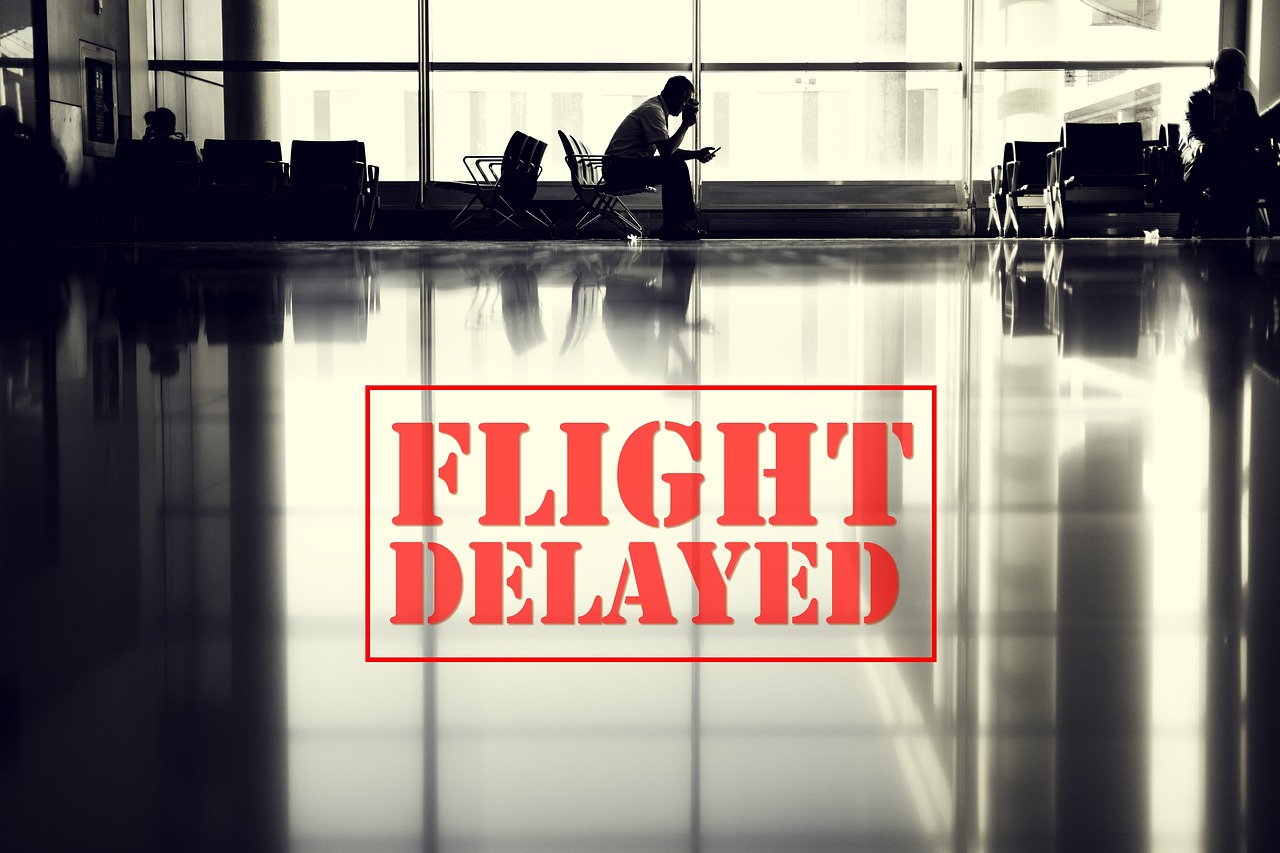
Several airports in the New York City area issued temporary ground stops and delays Monday evening, with impacts also reported at Ronald Reagan Washington National Airport. By 11 p.m. Monday, the damage was staggering: 385 flight cancellations at LaGuardia, 322 at Newark, and 226 at JFK. Newark Liberty International Airport reported groundings, delays and disruptions to flights as New Jersey officials warned residents to avoid unnecessary travel.
The aviation disruptions rippled across the country, as the New York area airports serve as major hubs for domestic and international travel. Passengers found themselves stranded not just on flooded streets, but also in terminals where flights were grounded due to the dangerous conditions outside. The economic impact of these delays and cancellations extended far beyond the immediate flooding zone.
Climate Change Fingerprints on Extreme Weather
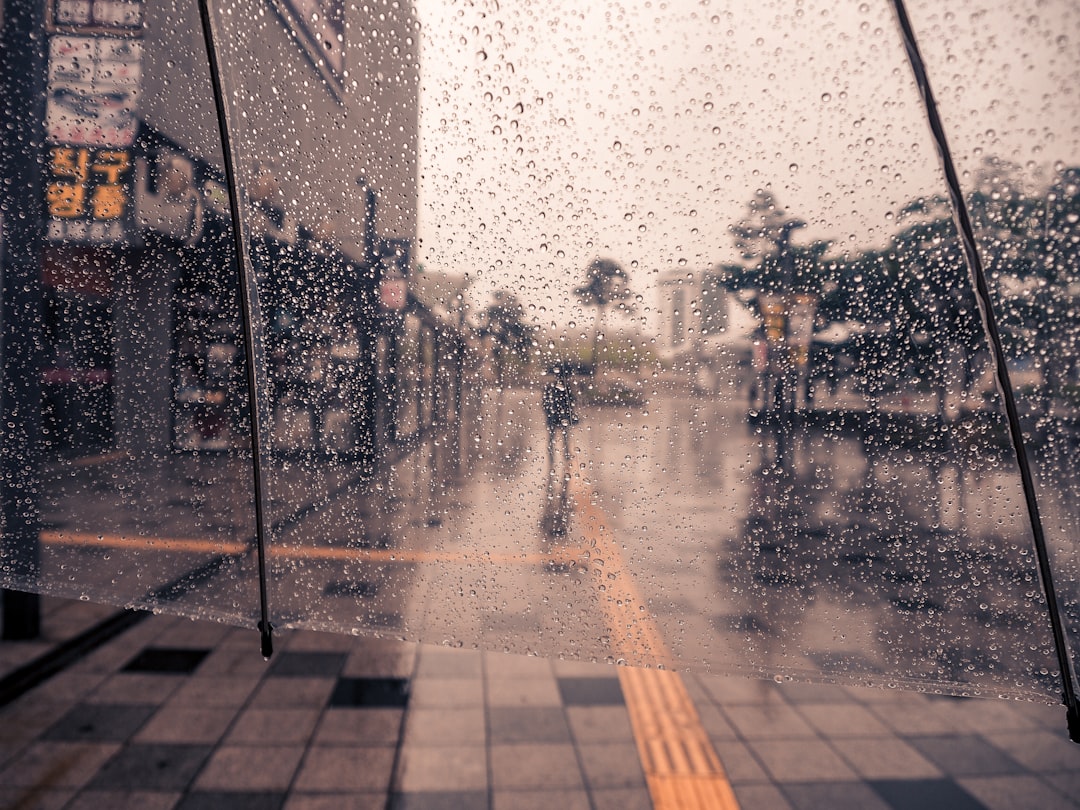
City Department of Environmental Protection Commissioner Rohit Aggarwala noted that five of the most intense rain storms in New York City’s history have occurred in just the last four years. Climate scientist Daniel Swain from the University of California Agriculture and Natural Resources explained that warming temperatures allow more moisture to gather in the atmosphere, leading to increasingly extreme downpours. Swain emphasized that today’s climate is dramatically different from even a few decades ago, with heavy rainfall events happening more frequently in the 21st century.
The broader trend is alarming: National Weather Service data shows that flood deaths have increased significantly in recent years, with 145 flood-related deaths reported in 2024, well above the 25-year average of 85 per year. This Monday’s flooding occurred less than two weeks after flooding killed more than 130 people in central Texas, highlighting the growing frequency and intensity of these deadly events.
Recovery Efforts and Tuesday Morning Commute
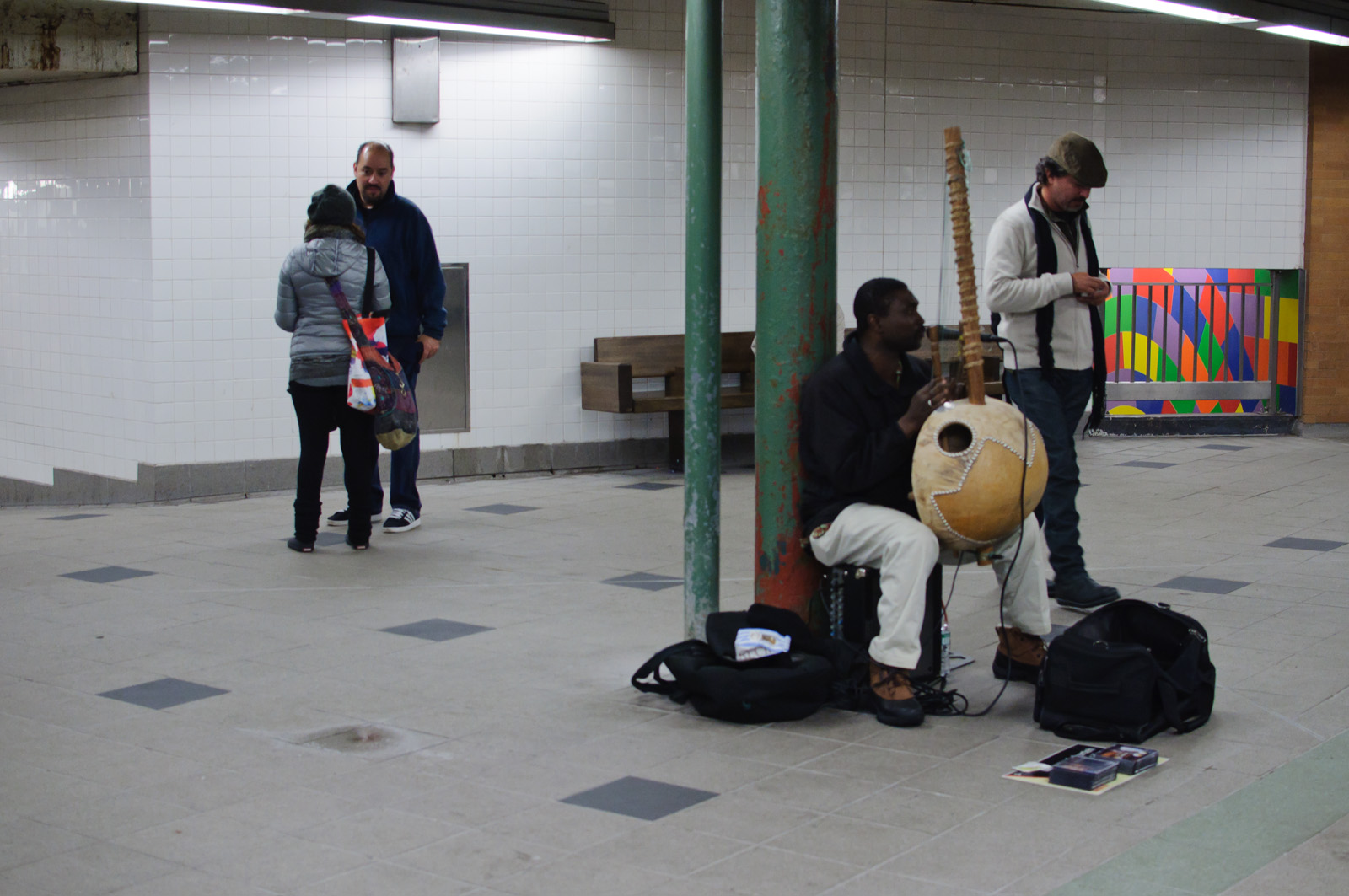
By Tuesday morning, Mayor Eric Adams announced that subways were restored for the morning commute, with no major injuries reported. MTA Chair and CEO Janno Lieber confirmed that all subway lines, Metro-North, and Long Island Rail Road were operating, crediting overnight crews who “worked their tails off” to restore service. The rapid recovery showcased the resilience of New York’s transportation workforce, even if the infrastructure itself proved vulnerable.
Few major weather-related delays were reported on Tuesday morning across the subway, Metro-North Railroad, Long Island Rail Road, NJ Transit and Amtrak Northeast during the morning rush. This was a stark contrast to the chaos of Monday evening, when multiple rail lines and regional thoroughfares were temporarily overwhelmed by flood conditions.
New Jersey Declares State of Emergency
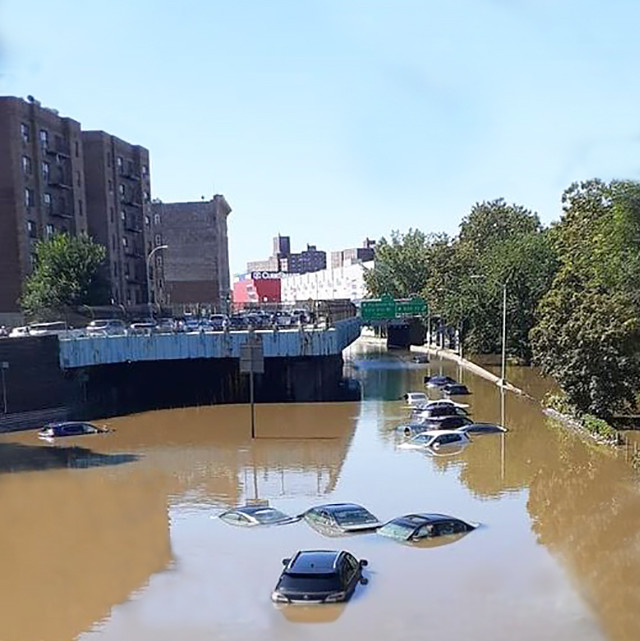
New Jersey Governor Phil Murphy declared a state of emergency due to the flash flooding and heavy rainfall, advising residents to stay indoors and avoid unnecessary travel. The hardest-hit areas saw incredible rainfall totals, with Mountainside in Union County recording more than 5.3 inches of rain. Some of the highest rainfall totals were in Somerset and Union counties, with Watchung seeing 6.51 inches while Mountainside saw 5.34 inches.
A video posted to social media by CBS showed flood waters bringing a major roadway in Scotch Plains, New Jersey, to a complete standstill, stranding buses in the rising water. Emergency responders used frontloaders to carry people stranded in floodwaters to safety, highlighting the severity of the situation.
Long-Term Infrastructure Challenges
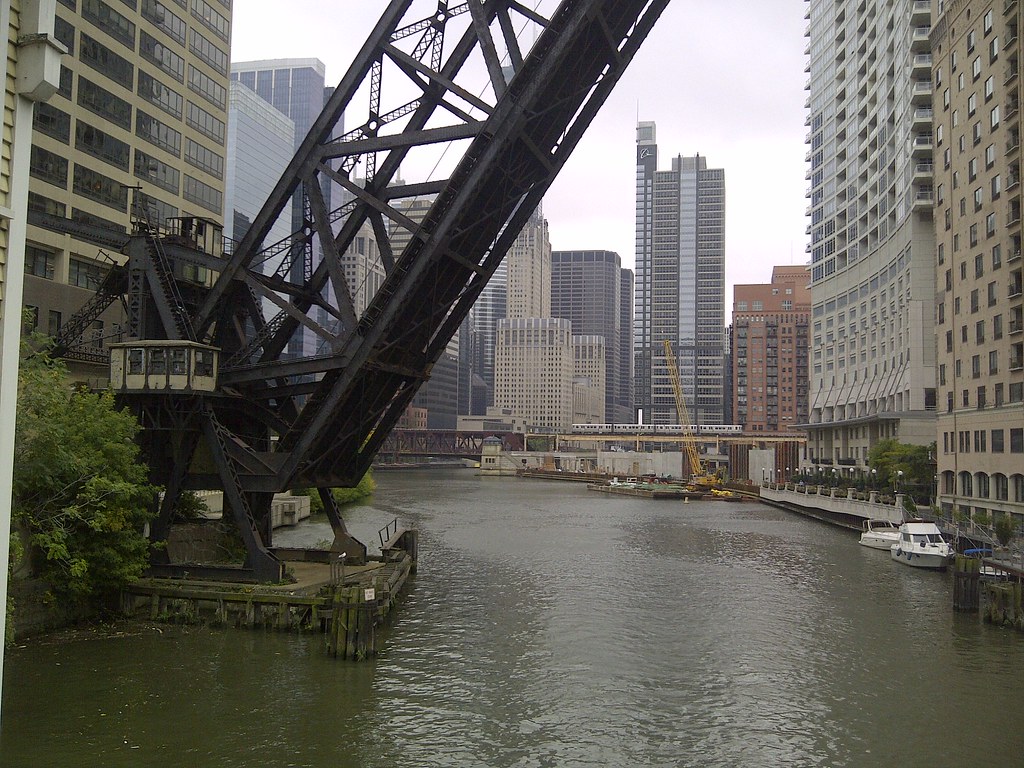
MTA officials argue that their planned $700 million in resiliency work won’t be enough to stop excess storm runoff from cascading into stations unless the city significantly improves its sewer system. Transit watchdogs emphasize that protecting the subway system requires teamwork between agencies, with the city serving as the captain of these efforts. The Department of Environmental Protection has cleaned 2.5 miles of sewers near 45 subway stations that previously flooded and installed new infrastructure to protect specific stations.
The frequency of extreme weather events puts enormous pressure on flood-proofing efforts for the subway system. Transit advocacy groups point out that the latest subway flooding demonstrates the urgent threat of climate change to the city’s transportation infrastructure. The challenge isn’t just about building better pumps or higher barriers—it’s about fundamentally rethinking how a century-old system can adapt to a rapidly changing climate where 2-inch-per-hour rainfall events are becoming the new normal rather than once-in-a-lifetime occurrences.

